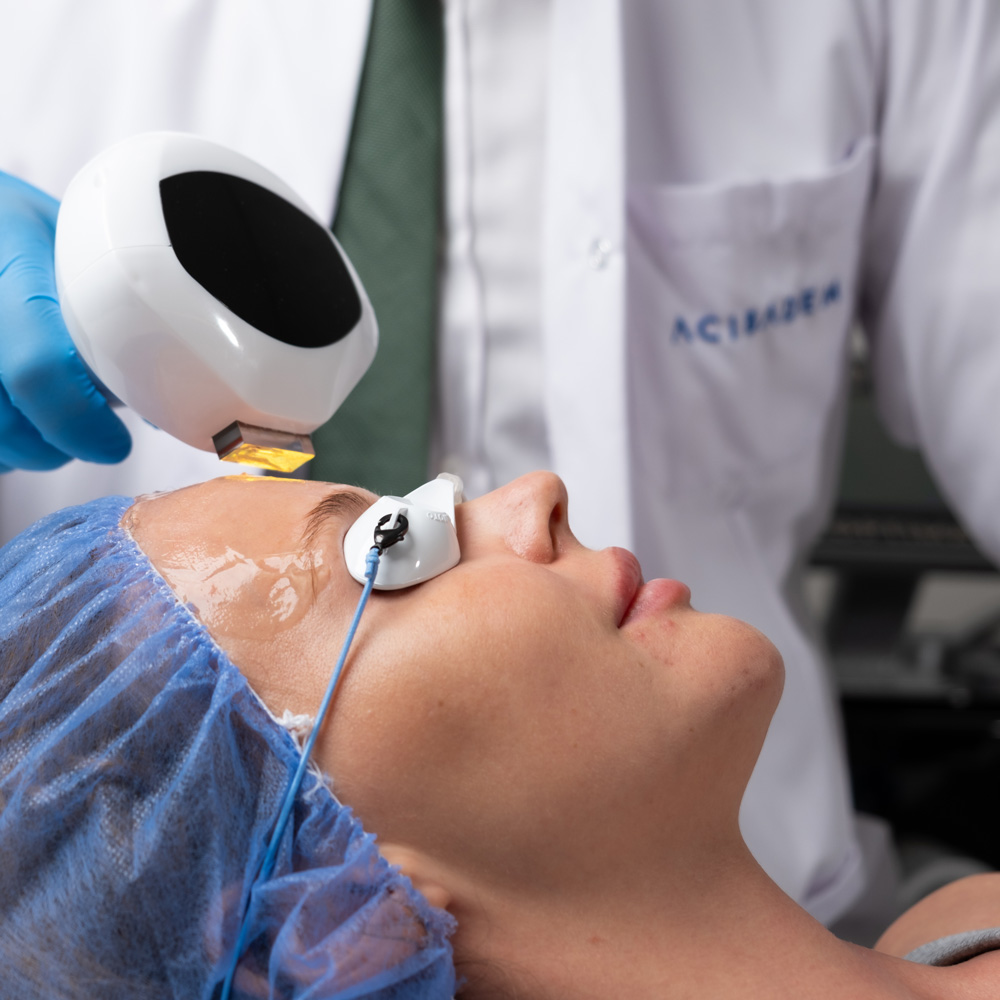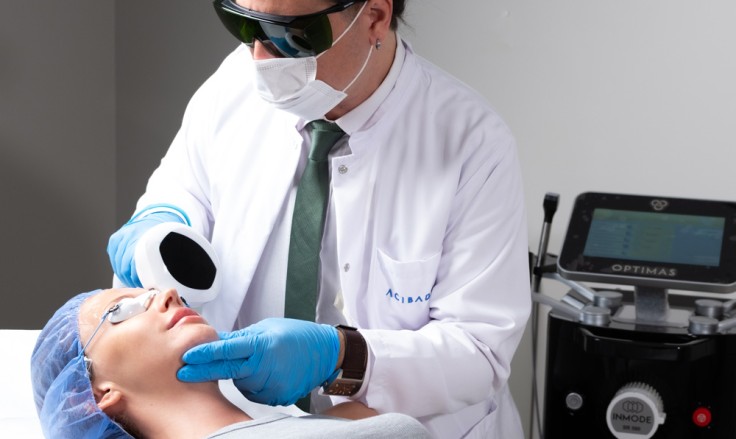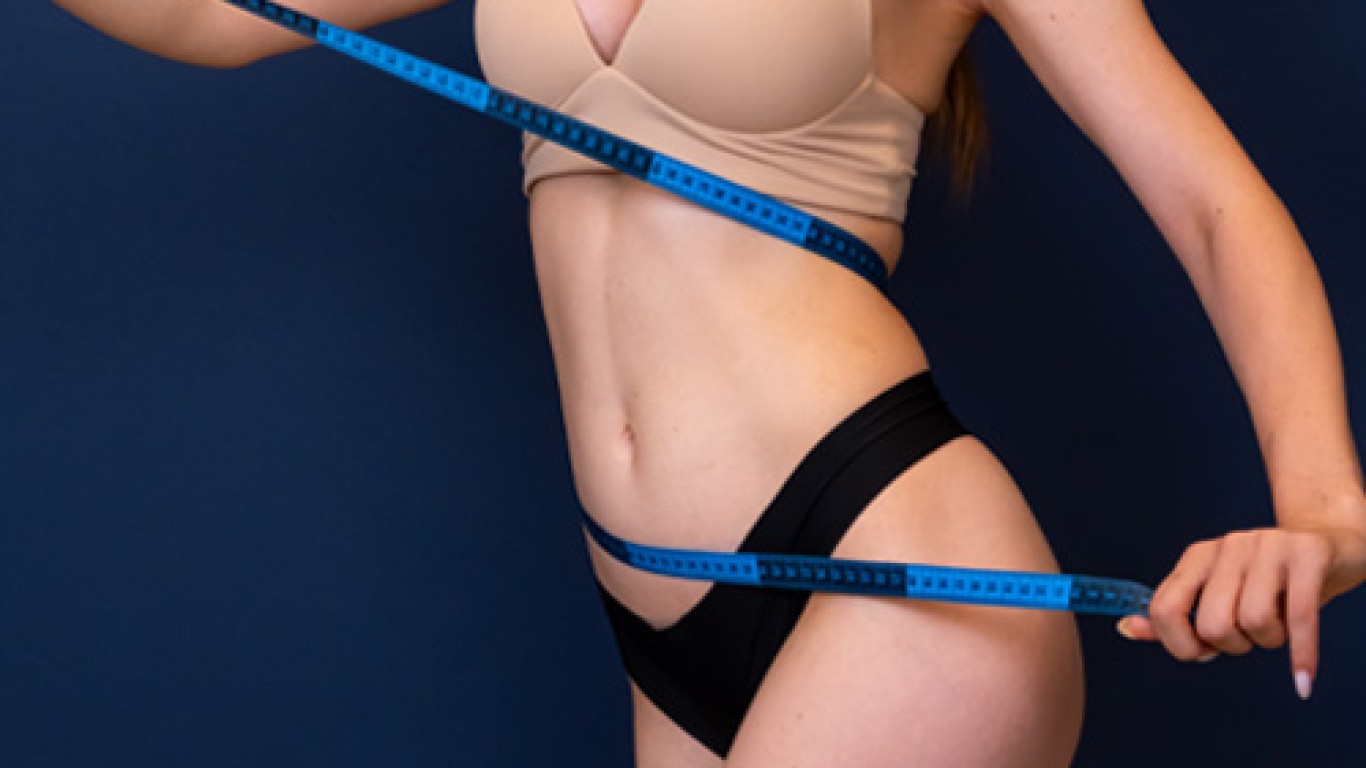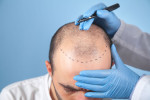Introduction
Skin rejuvenation is a top priority for many seeking youthful, glowing complexions. Over time, environmental damage and ageing reduce skin firmness, elasticity and tone. Consequently, non-surgical solutions like microneedling have grown in popularity. One question many patients ask is: Dermapen vs microneedling — which one delivers better results? Both treatments aim to improve texture, fine lines and collagen production. Yet despite similarities, they differ in technique and technology. Knowing which is best for your skin type and goals is essential before booking.
What Is Microneedling?
Microneedling is a minimally invasive treatment designed to stimulate collagen and rejuvenate the skin. It works by using a device fitted with fine needles to create micro-punctures in the skin’s surface. These tiny wounds trigger a healing response. This includes collagen and elastin production, which help tighten skin and improve its appearance. Microneedling is often used to treat:
- Fine lines and wrinkles
- Acne scars
- Enlarged pores
- Uneven skin texture
The technique is suitable for most skin types and is typically performed every 4–6 weeks. Although some redness occurs, recovery is usually short and manageable.
What Is Dermapen?
Dermapen is a specific brand of microneedling device that uses advanced technology for improved results. Unlike manual rollers, dermapen is an electric, pen-like device with multiple disposable needle cartridges. These needles move vertically and create precise, consistent micro-injuries. This method allows better control. Especially around delicate areas such as the eyes, lips and nose. Dermapen sessions are quick, usually lasting 30–45 minutes. The treatment targets:
- Fine lines
- Hyperpigmentation
- Acne scars
- Stretch marks
- Skin laxity
Additionally, many clinics apply serums during or after Dermapen treatment to enhance absorption and results.
Dermapen vs Microneedling: Technique Comparison
When comparing dermapen vs microneedling, technique plays a major role. Traditional microneedling often uses a roller device. This is rolled over the skin manually, creating channels at various angles. Although effective, it may result in uneven depth or minor surface dragging. Dermapen, however, uses vertical stamping. The motorised action allows even needle penetration at a consistent depth. Therefore, Dermapen offers more precision and reduces the risk of surface trauma. It also allows treatment in hard-to-reach areas with improved comfort.

Dermapen vs Microneedling: Treatment Benefits
Both treatments aim to rejuvenate skin, but some benefits differ. Traditional microneedling is often used for general anti-ageing. It improves skin texture, tone and radiance. Dermapen, however, offers deeper customisation. Because depth can be adjusted during treatment, it suits multiple concerns in one session. Moreover, Dermapen enhances the delivery of topical serums. These penetrate deeper through the micro-channels, increasing effectiveness. Overall, both options work well, but dermapen provides a more targeted, personalised result.
Dermapen vs Microneedling: Recovery and Downtime
In terms of recovery, both procedures are relatively quick. Most patients experience mild redness, tightness or slight swelling for 1–3 days. Occasionally, light flaking or dryness may occur as the skin renews itself. Dermapen typically causes less irritation due to its vertical action. The uniform punctures reduce unnecessary trauma, helping skin calm faster. Importantly, patients should avoid sun exposure, harsh products and heavy makeup for several days post-treatment. Hydration, sunscreen and gentle cleansers support faster recovery.
Dermapen vs Microneedling: Frequency and Results
With microneedling, results improve over time. Collagen production continues for weeks after each session. While some changes appear after one treatment, a course of 3–6 sessions offers the best results. Dermapen treatments follow a similar schedule. However, due to their precision, noticeable results may appear sooner. Improvements in texture, scars and elasticity often show within two weeks and continue to develop.
Who Should Choose Microneedling?
Traditional microneedling is ideal for those seeking an affordable, effective entry point into skin rejuvenation. It works best for mild concerns like uneven texture, dullness and fine lines. Because it doesn’t require advanced equipment, it’s often offered in many clinics. Patients looking for light refreshment without deep scarring may benefit most from this method. Moreover, it’s suitable for those with normal to oily skin types and minimal sensitivity.
Who Should Choose Dermapen?
Dermapen is better suited to those seeking advanced, targeted skin improvement. Its adjustable needle depth allows treatment of deeper skin issues like scaring and stretch marks. Patients who want customisation and faster healing may prefer Dermapen. The motorised function ensures precision, especially in sensitive or hard-to-reach areas. Therefore, people with more severe or localised skin concerns may achieve better results with Dermapen.
Why Dermapen and Microneedling Are Popular in Istanbul
Istanbul has become a global hub for non-surgical skin care treatments, including microneedling and Dermapen. The city offers high-quality aesthetic care with skilled practitioners and advanced equipment. Both treatments are popular due to their natural results, minimal downtime and affordability in Turkey. International patients find it easy to combine cosmetic care with a relaxing stay in Istanbul. Clinics in Turkey also frequently combine microneedling with LED therapy or hydrating serums. The result is an affordable, comprehensive rejuvenation plan.
Dermapen vs Microneedling: Final Verdict
So, which is better — Dermapen vs microneedling? Both treatments offer excellent results depending on your skin type, goals and budget. Microneedling is effective, accessible and great for general skin improvement. Dermapen, on the other hand, offers more precision, comfort and customisation. It’s ideal for deeper or more stubborn concerns. A consultation with an experienced practitioner will help determine the right option for your needs. Both paths lead to brighter, smoother and firmer skin.
Conclusion
When it comes to skin rejuvenation, microneedling and Dermapen remain two trusted solutions. Each offers unique advantages, from texture improvement to scar reduction. Whether you choose the classic technique or a modern upgrade, both can restore your skin’s natural glow. The right treatment depends on your specific skin needs and desired results. For expert guidance, consider a professional consultation at a reputable clinic.
For more information and to book a consultation visit the ACIBADEM Beauty Center webpage.
Frequently Asked Questions
Dermapen offers more precision and depth control, often leading to better, faster results.
Both cause slight discomfort, but numbing cream is usually applied to minimise pain.
Most people recover within 1–3 days with mild redness or tightness.
Usually, 3–6 sessions spaced monthly provide optimal results.
You should wait at least 24–48 hours before applying makeup post-treatment.













